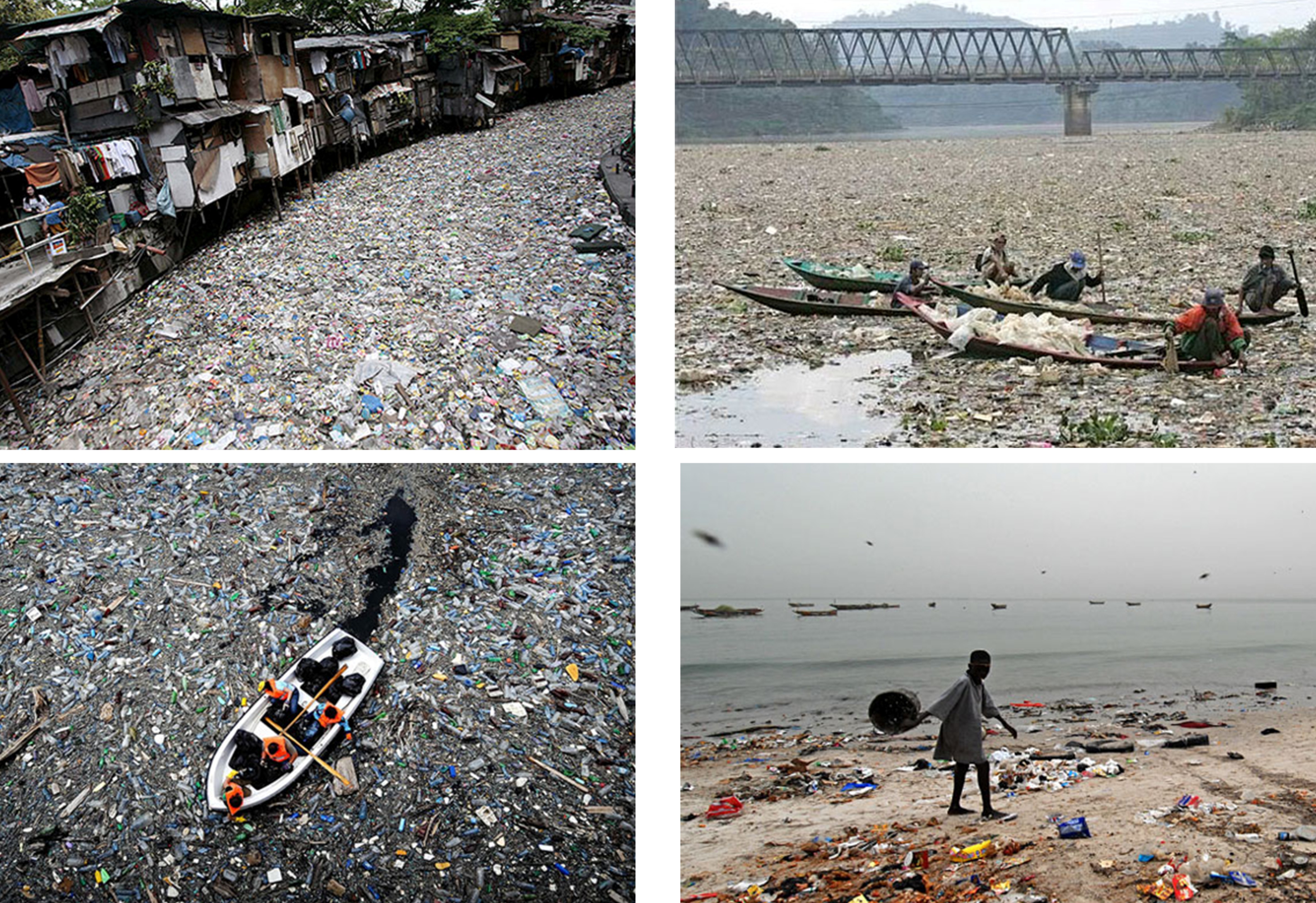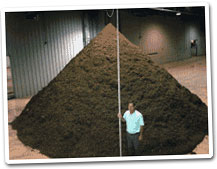In our last blog we described how used plastic bottles get recycled as building material in new housing projects in Sub-Saharan Africa and Central and South America. Using products we normally would throw away is one way of dealing with waste and garbage, one of our biggest challenges.
Dealing with Waste in the Urban Environment
Although cities occupy 2% of the earth’s surface, they consume a majority of its natural resources and generate more than 70% of human-activity derived waste. From earliest times we have accumulated garbage where we live or thrown it to the wayside. Archeologists and anthropologists study waste dumps created by our ancestors. Whether in cave dwellings or in early Neolithic sites garbage as a byproduct of urban living has proven to be an effective tool for understanding the way our ancestors lived.
In Classical Greece, cities like Athens handled garbage waste by developing municipal dumps outside the city walls. The Romans also used suburban dumps but added a new wrinkle, organized refuse collection. In Medieval Europe garbage and waste littered the streets of walled towns. Ditches and waterways served as open garbage dumps. Open sewers ran down the centre of many streets where accumulated garbage washed away anytime it rained.
The Industrial Revolution with ever larger urban centres required government and business to come up with better ways to handle garbage and waste management. Options included garbage as landfill, dumping, incinerating and processing to create new products. Garbage was turned into animal feed with little attention to the potential toxicity that could be passed through the food chain..
The solutions of the 19th century carried on into the 20th until well after World War II when environmental science began to influence government policy. Urban explosive growth from the mid-20th century to today has created a garbage crisis in cities in both the Developed and Developing World and sparked recycling and repurposing of garbage and waste.
Toronto,Canada is a good example of a city in transition from dumping to recycling. It took well over a century for Toronto to transition from throwing garbage away to treating it as an environmental concern. In Toronto’s 19th century years landfill sites existed throughout the city. Many buildings and homes occupied sites created from dumping of garbage for landfill. Toronto’s lakefront was a landfill site. In the 1980s Toronto ran out of local landfill and garbage dumping sites and started seeking sites many miles away from the City. That meant trucking garbage to dump it in abandoned mines or landfill dumps even beyond the Province of Ontario’s borders. For more than a decade Toronto trucked its garbage to sites in the State of Michigan. Can you imagine exporting garbage, but that’s what we were doing.
Toronto, today, runs an extensive household recycling program with curbside pickup of plastic, metal, paper and kitchen waste from single family homes throughout the City. For multiple-tenanted dwellings such as apartments and condominiums, municipal recycling remains a work in progress.
Toronto has also initiated a hazardous waste recycling program covering used electronics and paints and chemicals. The waste we can’t recycle and reuse gets processed and shipped to landfill sites the City has acquired located 200 kilometers to the west. Toronto’ goal for recycling and reuse aims at reducing garbage by 70%.
Dealing with Solid Waste in the Developing World
Urban waste is significantly greater and very different from that produced by humans living in rural environments. The average city resident in the Developed World produces 800 kilograms (1,760 pounds) of waste annually, mostly in the form of paper, plastic and metal. In the Developing World the average waste produced by rural dwellers amounts to 200 kilograms (440 pounds) per year of which 70% is organic. As rural to urban migration increases Developing World cities will face similar garbage challenges to those of the Developed World. Do they have the infrastructure and financial means to deal with increasing amounts of garbage concentrated in urban centres? Take a look at the pictures below to see just how serious the challenge is for Developing World urban and rural environments. These pictures were taken over the last 4 years and are representative of a garbage crisis that needs immediate solutions.

Going clockwise from top left, our first picture, taken in March 2009, comes from a slum in Manila, the Philippines. The shacks on the left are typical of informal urban environments in many Developing World cities. The garbage that looks like a cluttered roadway next to the homes is, in fact, afloat in a municipal creek that serves as a source of drinking water and a sewage dump.
The picture top right is contemporary to the one from Manila. It is a picture of garbage harvesters on the Citarum River, the main source of drinking water for Jakarta, Indonesia.
The picture lower right is also a recent photograph taken by a tourist of a beach in East Africa.
The picture lower left is recent as well and shows volunteers attempting to clear garbage from the water surface of a dam in Krichim, the Philippines.
Developing World cities are two urban environments in one location. The informal settlements consisting of shacks and shanty towns lack basic municipal services including garbage removal and wastewater systems. The commercial urban centres and wealthy and middle-class suburbs have infrastructure to manage waste. In the informal areas garbage harvesters have become part of the informal economy. Whether on water as seen in the pictures above or on land, human garbage scavengers, estimated at 15 million or 1% of the Developing World, recycle items found in municipal waste. This kind of harvesting provides subsistence income but does little to deal with overall growth of garbage in Developing World cities.
What do Developing World cities need to do in the near future in managing waste?
- Create infrastructure within informal settlements so that recycling, composting, and wastewater can be properly managed.
- Organize informal harvesting of garbage and educate harvesters to create a works program for the urban poor.
- Invite informal settlements to come up with local ideas to improve waste management and invest in these proposed solutions.
Practical technology solutions for municipal waste include:
- Reclaiming materials from garbage for building homes and other infrastructure including: recycled paper, wood, tile, glass, tires, and metal. One U.S. company has combined organic materials found in garbage with glues and polymers and injected the result into molds to replace traditional 2 x 4s. Another, Wastaway, is producing Fluff (R), a patented product created from unsorted household garbage that can be extruded for use in building materials, or used as a soil growing medium, or for synthetic fuel production or finally, gasified, to generate energy.

- Using rainwater runoff off roofs captured in rain barrels, and building grey water recycling systems to maximize the use of water in areas where access to clean water is limited. Evan Gant is the inventor of RainDrops, a system that attaches plastic bottles to existing roof and gutters to collect rainwater.

- Using waste as a fuel source for energy generation. Burning garbage has been a traditional approach to getting rid of waste, but burning it to generate power represents a solution for Developing World countries to address two challenges, growing urban waste and the need for energy. Where existing landfill can be tapped, methane can be extracted as an energy source. Garbage can also become a source of biofuel (see our reference to Fluff above). Companies like Zere are developing zero-emission biomass to energy power plants.
In our next blog we will continue our exploration of the urban landscape of the 21st century and will look at technology to deal with water and air pollution.















